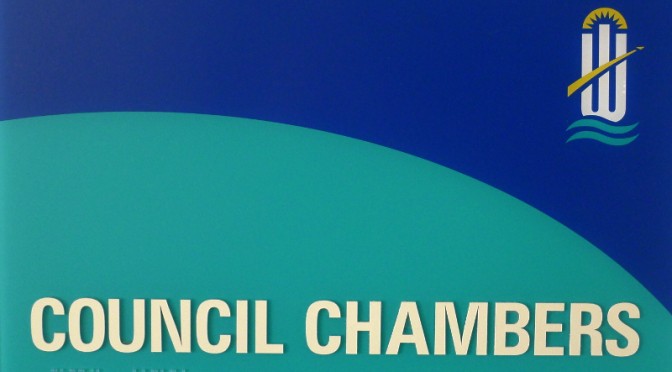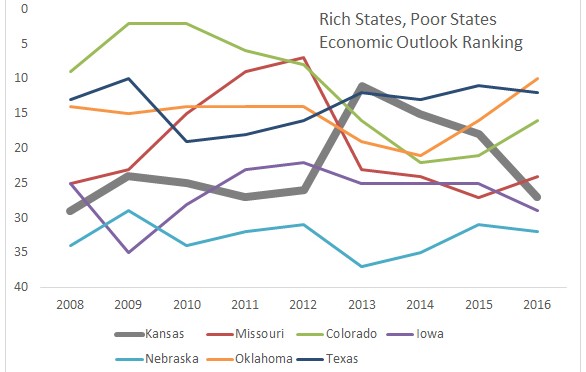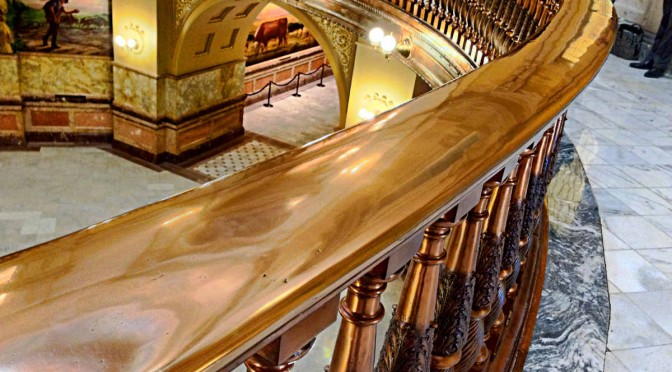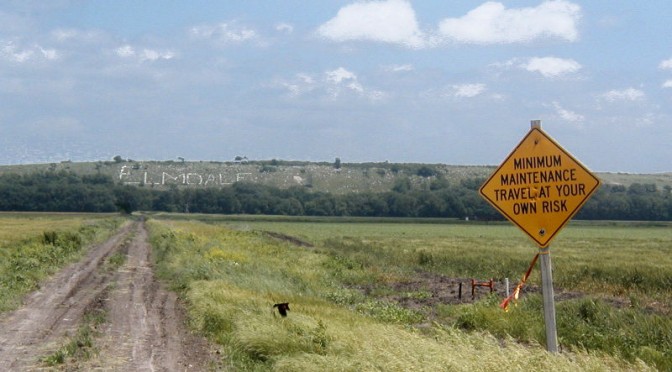Category: Kansas state government
-

In Wichita, revealing discussion of property rights
Reaction to the veto of a bill in Kansas reveals the instincts of many government officials, which is to grab more power whenever possible.
-

Rich States, Poor States, 2106 edition
In Rich States, Poor States, Kansas continues with middle-of-the-pack performance, and fell sharply in the forward-looking forecast.
-

Governor Brownback steps up for property rights
Senate Bill 338 opens the door for serious abuse in Kansas. Governmental authority to take property from one private citizen and give it to another private citizen should be limited, but this bill would have the effect of expanding such authority without adequate safeguards, wrote Kansas Governor Sam Brownback in his veto message.
-
Kansas support for higher education
How does Kansas state support for higher education compare to other states?
-
Opinion: GOP economics devastated Kansas
An op-ed on the Kansas economy needs context and correction.
-

Governor Brownback, please veto this harmful bill
Kansas Governor Sam Brownback should veto a bill that is harmful to property rights, writes John Todd.
-

Sales tax revenue and the Kansas highway fund
The effect of a proposed bill to end transfer of Kansas sales tax revenue to the highway fund is distorted by promoters of taxation and spending.
-

Kansas and Colorado, compared
News that a Wichita-based company is moving to Colorado sparked a round of Kansas-bashing, most not based on facts.
-

Math quiz on Kansas spending
The average Kansan is misinformed regarding Kansas school spending, and Kansas news media are to blame, writes Paul Waggoner of Hutchinson
-

Kansas Supreme Court judicial selection
Kansas progressives and Democrats oppose a judicial selection system that is used by U.S. Presidents, both Democrats and Republicans.
-

Power of Kansas cities to take property may be expanded
A bill working its way through the Kansas Legislature will give cities additional means to seize property.
-

In Kansas, doctors may “learn” just by doing their jobs
A proposed bill in Kansas should make us question the rationale of continuing medical education requirements for physicians.